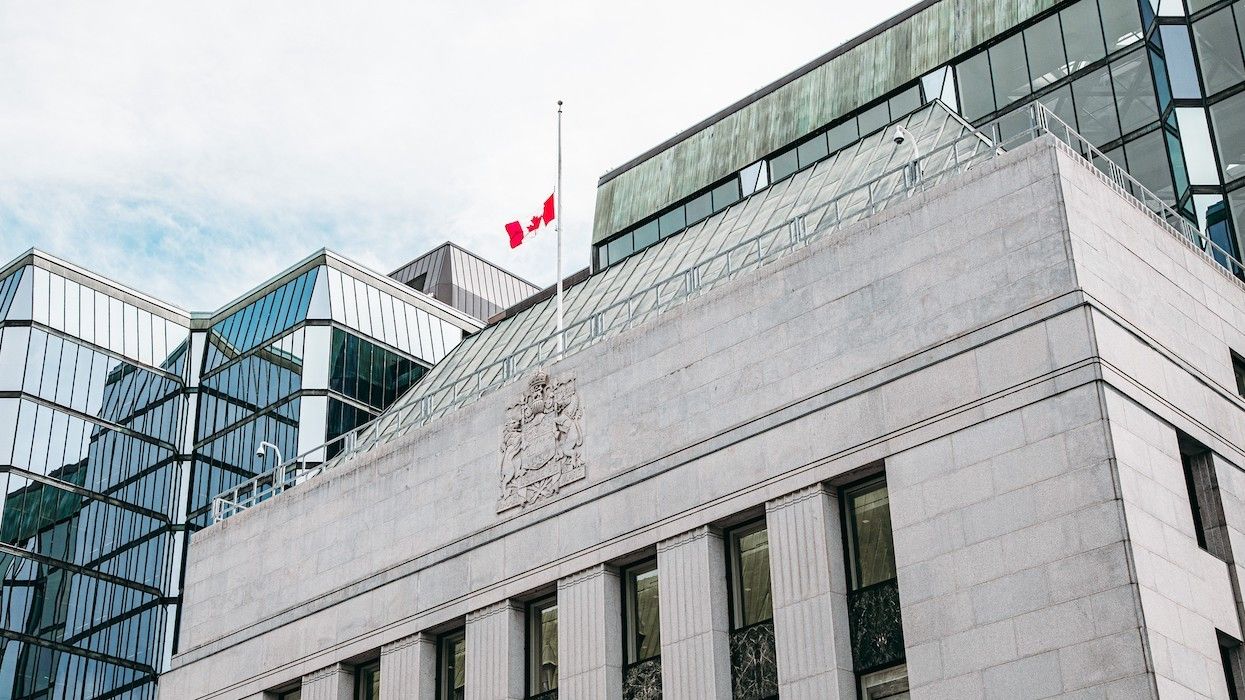Canadian headline inflation ended its months-long downtrend in March, picking up slightly to 2.9% after coming in at 2.8% in February. Even so, economists seem to be in agreement that this is not necessarily bad news on the interest rate cut front.
In fact, the word amongst experts is that this latest uptick in headline CPI was more or less expected and isn’t likely to set off alarm bells over at the Bank of Canada building.
“For a central bank trying to judge if downward momentum in core inflation has been maintained before its next policy decision, today's release was a case of one down, one to go,” said CIBC’s Andrew Grantham in an economic update published Tuesday morning.
He highlighted that while CPI “ticked up” on a year-over-year basis, CPI-median fell slightly to 3.1% while CPI-trim slipped to 2.8%.
“Financial markets had been thinking there was a 50/50 chance of a June cut before today's data, but that probability rose to around 65% following the benign March CPI data release,” Grantham said, while also joining a chorus of other economists who are maintaining their presumption that the BoC next meeting will culminate in the first cut of the cycle.
In fact, experts with BMO, RBC, Desjardins, and Capital Economics, continue to forecast that the central bank’s next meeting — slated for June 5, 2024 — will culminate in the first cut of the cycle.
That thinking deviates over at TD, where the long-held belief is that the first cut will happen at the Bank’s July 24 meeting. “However, if the numbers continue to soften by more than we are expecting, risks are tilted towards an earlier move,” noted TD’s Leslie Preston in her analysis of the latest CPI data.
Preston further cautioned that “Canadian inflation remains largely a shelter story,” in that rent and mortgage interest costs continue to be elevated, coming in at 8.5% year over year and 25.4% year over year in March. Without those costs, CPI would have come in at just 1.5% last month.
However, as BoC Governor Tiff Macklem said at a recent press conference, shelter costs on their own are not cause for concern when it comes to rate cuts and their timing. “We know that when it becomes appropriate to reduce the policy interest rate, those mortgage interest costs will start to come down. That is something we can control for as we think about our monetary policy response,” he told reporters last week.
He also emphasized that the BoC is “particularly focused” on core inflation, which excludes the eight most volatile total CPI components, including fruit, vegetables, gasoline, fuel oil, natural gas, intercity transportation, tobacco, and mortgage interest costs. “If you look at the trimmed mean measure of core, it has been systematically kicking out mortgage interest costs through this whole rate increasing cycle,” he added.
None of this is to say we’re entirely out of the woods when it comes to inflation or inflationary pressures. Capital Economics’ Olivia Cross warned in a report from this morning that despite March marking the “third consecutive month of muted gains” in the Bank preferred core inflation measures, there are still risks to the overall outlook.
Chief among those is "the potential for a much larger rise in oil prices amid an escalation of tensions in the Middle East," Cross said. “Gasoline prices were one of the strongest contributors to headline CPI in March, and oil prices have continued to rise in early April. The good news for the Bank is that, thanks to more favourable base effects from here, there is scope for headline inflation to fall in the coming months despite the rise in gasoline prices so far.”





















